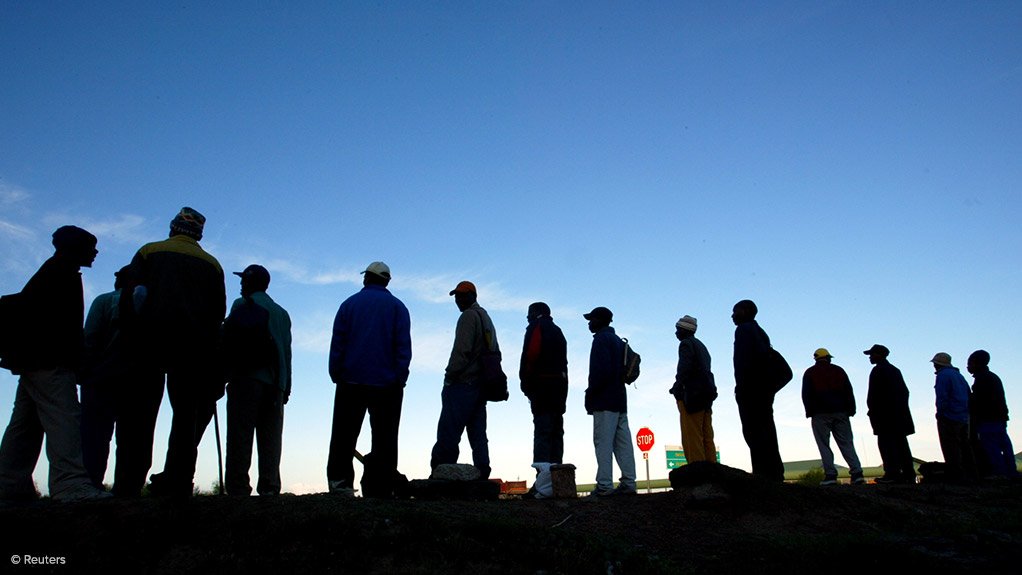South Africa's unemployment rate worsened by 0.6 of a percentage point to 33.5% in the second quarter, from 32.9% in the first quarter.
The expanded unemployment rate, which includes discouraged work seekers, also worsened by 0.7 of a percentage point to 42.6%, Statistics South Africa (Stats SA) reports.
Stats SA's latest Quarterly Labour Force Survey shows a decrease of 92 000 in the number of employed persons to 16.7-million and an increase of 158 000 in the number of unemployed persons to 8.4-million in the second quarter.
Discouraged work seekers increased by 147 000, while the number of persons who were not economically active for reasons other than discouragement decreased by 75 000 between the first and second quarters of this year.
This led to an increase in the number of not economically active persons to 16.3-million.
Those aged 15 to 24 years and 25 to 34 years continue to have the highest unemployment rates at 60.8% and 41.7%, respectively, Stats SA reports.
South Africa's rising youth unemployment rate goes against global trends. Newswire Reuters on August 12 reported that youth unemployment worldwide had reached a 15-year-low in 2023 and was likely to continue falling through 2025.
North West University Business School economist Professor Raymond Parsons says it was inevitable that poor growth would be reflected in yet higher unemployment.
“Narrowly defined, one in three of the working-age population is now unemployed. The continued high level of youth unemployment remains of great concern,” he states.
He adds that the latest overall unemployment figures again reinforce the urgency outlined by the Government of National Unity (GNU) for South Africa to prioritise much higher inclusive, job-rich growth.
“Already, the prospects for stabilising and eventually reducing the high level of unemployment are being improved by the phasing out of loadshedding, higher infrastructure spending, stronger business confidence and reduced policy uncertainty.
“These could, in time, build a sustainable platform for increased job creation in future,” Parsons says.
He adds that the latest unemployment figures, however, also reinforce the need to expedite those structural economic reforms that will turn the South African economy round sooner rather than later and put it on a much higher growth trajectory.
“Current forecasts of about 1% GDP growth this year are simply not good enough. The prevailing bad news on the unemployment front can, therefore, only be converted
to better news in future if the economic remedies South Africa needs are given high priority,” he says.
EMAIL THIS ARTICLE SAVE THIS ARTICLE ARTICLE ENQUIRY
To subscribe email subscriptions@creamermedia.co.za or click here
To advertise email advertising@creamermedia.co.za or click here











